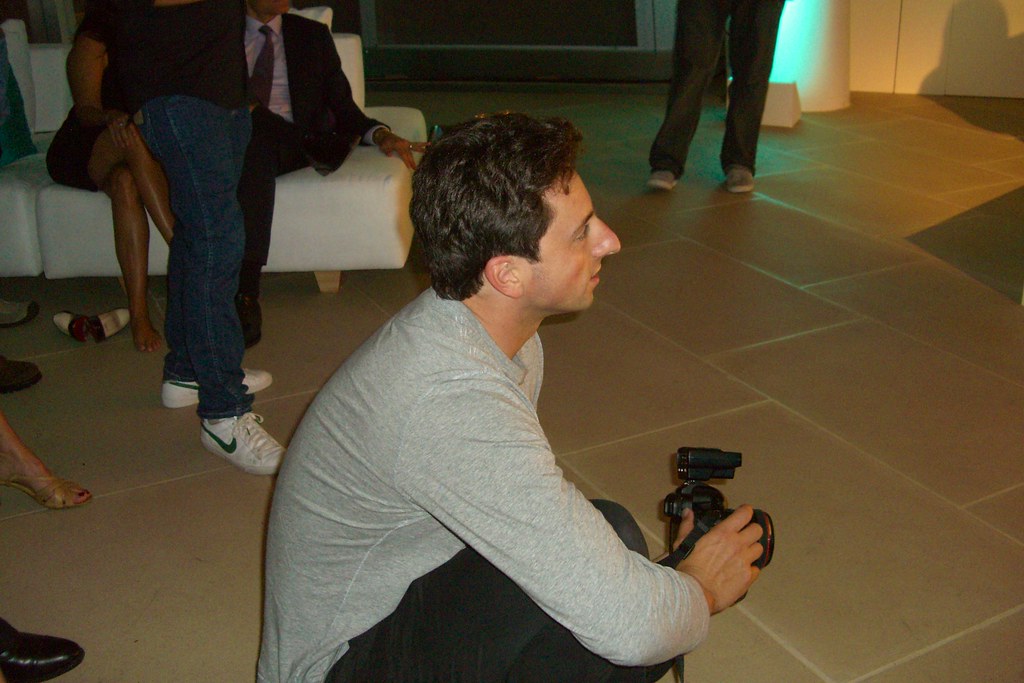Dessinateurs et travailleurs de l’industrie de la bande dessinée exhortent : pas de “Business As Usual” avec Israël - AURDIP
▻http://www.aurdip.fr/dessinateurs-et-travailleurs-de-l.html
Déclaration de solidarité
Nous voulons exprimer notre chagrin et notre indignation face à l’assassinat de cinq caricaturistes, Wolinski, Cabu, Charb, Tignous, Honoré, parmi beaucoup d’autres, dans les bureaux de Charlie Hebdo. Ces horribles actes de violence nous incitent à agir encore plus urgemment pour un monde où la dignité, la liberté et l’égalité de toutes les personnes sont respectés et promus. Nous réaffirmons que le mouvement de boycott palestinien est une étape importante de cette vision, et nous espérons que vous continuerez à nos côtés dans ce mouvement.
Lettre ouverte à :
Monsieur Franck Bondoux
Direction du Festival international de la bande dessinée
71 rue Hergé, 16000 Angoulême
Nous, dessinateurs, illustrateurs, écrivains, éditeurs, distributeurs, traducteurs, critiques et travailleurs dans l’industrie de la bande dessinée, aux côtés de gens de conscience de tous les pays du monde, ré-affirmons notre appel de Février 2014 au Festival international de BD d’Angoulême d’abandonner tous liens avec la société israélienne Sodastream. En outre, nous demandons instamment au Festival d’Angoulême, ainsi qu’à tous les festivals, conventions, et célébrations de la bande dessinée et de l’art de la caricature auxquels nous participons, de rejeter tout partenariat, financement ou coopération avec une société israélienne ou une institution qui ne favorise pas explicitement la liberté et la justice pour les Palestiniens, ainsi que l’égalité des droits et l’égalité entre les israéliens Juifs et Palestiniens, en particulier le gouvernement israélien et ses consulats, tant qu’Israël continuera à dénier aux Palestiniens leurs droits.
Aujourd’hui, la société Sodastream se vante fièrement de l’emplacement de son usine dans la colonie illégale de Maale Adumim, ce qui la rend complice du crime d’occupation militaire. Cependant, même si, grâce entre autres à la campagne de pression lancée l’an dernier, Sodastream déplace sa fabrication dans le Néguev (territoire palestinien dont les Bédouins sont menacés d’expulsion de leurs terres ancestrales par le “Plan Prawer” du gouvernement israélien), elle, comme d’autres entreprises et institutions israéliennes complices, fait partie d’un système basé sur le nettoyage ethnique de masse des communautés palestiniennes, et maintenu en place par le racisme et la discrimination. Comme d’autres entreprises israéliennes, elle contribue à l’économie d’un Etat qui a procédé à une agression militaire brutale contre la population civile dans la bande de Gaza à l’été 2014, faisant plus de 2100 morts, dont plus de 500 enfants.
Nous ne pouvons pas accepter que notre art soit utilisé pour blanchir ces crimes, comme le ministère israélien des Affaires étrangères a explicitement déclaré qu’il tentera de le faire, à travers sa campagne « Brand Israël ». Angoulême, un centre d’appréciation de la bande dessinée à l’échelle internationale, ne devrait pas être utilisé de cette manière.
Nous vous demandons à nouveau de couper les liens entre le Festival et Sodastream, et nous étendons notre appel aux administrateurs et organisateurs, aux éditeurs et aux associations de bande dessinée et d’illustrateurs à travers le monde. Pas de “business as usual” avec Israël !
Cordialement,
Palestine Comics Festival
Leila Abdul Razaq (USA), Zainab Akhtar (UK), Khalid Albaih (Sudan/Qatar), Albertine (Switzerland), Hilary Allison (USA), Enzo Apicella (Italy), Serge Baeken (Belgium), Alex Baladi (Switzerland), Edd Baldry (UK/France), Edmond Baudoin (France, 3 Angoulême prizes), Kate Beaton (Canada), Alison Bechdel (USA), Sofiane Belaskri (Algeria), Faiza Benaouda (Algeria), Peter Blegvad (USA/UK, Angoulême prize in 2014), David Brothers (USA), Paul Buhle (USA), Nicole Burton (Canada), Jennifer Camper (USA), Gilles Ciment (France, former director of the Cité internationale de la bande dessinée in Angoulême from 2007 to 2014), Rob Clough (USA), Sean T. Collins (USA), Gianluca Costantini (Italy), Jean-Luc Coudray (France, Angoulême prize in 1990), Philippe Coudray (France, Angoulême prize in 2011), Molly Crabapple (USA), Pino Creanza (Italy), Marguerite Dabaie (USA), Bira Dantas (Brazil), Eleanor Davis (USA), Marcel « Lidwine » De la Gare (France, Angoulême prize in 1999), Guy Deisle (Canada, Angoulême Prize for Best Album in 2012), Dror (France), Warren Ellis (UK), Magdy El Shafee (Egypt), elchicotriste (Spain), Brigitte Findakly (France), Ganzeer (Egypt/USA), Lucile Gomez (France), Jenny Gonzalez-Blitz (USA), Graphic History Collective : Sam Bradd, Sean Carleton, Robin Folvik, Mark Leier, Trevor McKilligan, Julia Smith (Canada), Dominique Grange (France), Thierry Groensteen (France, former director of the Cité internationale de la bande dessinée in Angoulême from 1993 to 2001), Jeet Heer (Canada), Ethan Heitner (USA), Delphine Hermans (Belgium), Anaële Hermans (Belgium), Jaime Hernandez (USA), Dylan Horrocks (New Zealand, nominated for two Angoulême prizes in 2002), Igort (Italy, nominated in Angoulême in 2003), Hatem Imam (Lebanon), Jiho (France), Monica Johnson (USA), Ben Katchor (USA), Mazen Kerbaj (Lebanon), Peter Kuper (USA), Carlos Latuff (Brazil), Wilfrid Lupano (France), Rodolphe « Ohazar » Lupano (France), Katie Miranda (USA), Anne Elizabeth Moore (USA), Mric (France), José Muñoz (Argentina, 3 Angoulême prizes and Grand Prix in 2007), Ernest Pignon-Ernest (France), Maël Rannou (France), Patricia Réaud (France), Barrack Rima (Lebanon/Belgium), Mohammad Sabaaneh (Palestine), Amitai Sandy (Israel), Gabby Schulz (USA), Siné (France), Jean Solé (France), Philippe Squarzoni (France, nominated in Angoulême in 2003), Sylvain-Moizie (France, Angoulême prize in 2000 and in residence at the Cité internationale de la bande dessinée in Angoulême in 2014-2015), Tardi (France, 5 Angoulême prizes and Grand Prix in 1985), Seth Tobocman (USA), Lewis Trondheim (France, 2 Angoulême prizes and Grand Prix in 2006, creator of the Angoulême mascot), Guillaume Trouillard (France), Willis From Tunis (Tunisia), Jordan Worley (USA), Wozniak (France/Poland), yAce (France), Germano Zullo (Switzerland)

















































